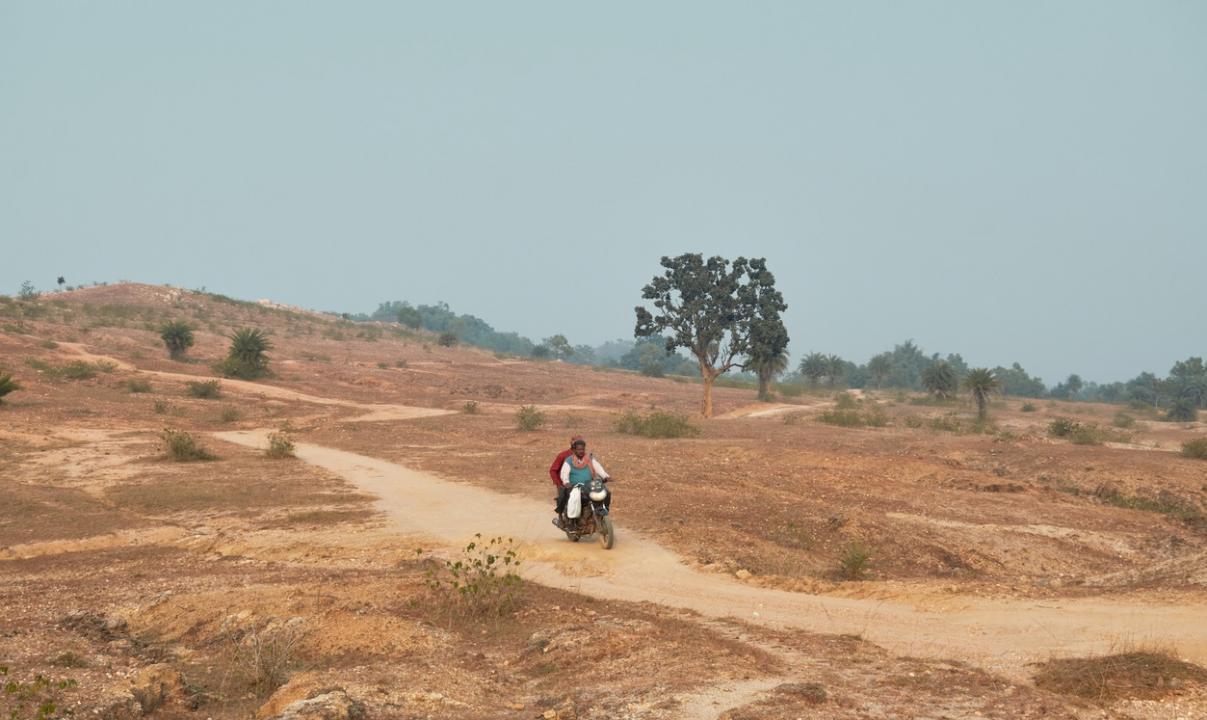A memorandum of understanding was recently signed by the BRLF, which is set up by the ministry of rural development, and the commissioner office of the MGNREGS to jointly implement the 'High Impact Mega Watershed Project' in 28 selected blocks of six districts in Vidarbha

Representative Image. Pic/iStock
At least 4.42 lakh hectares of land will be treated and restored for agriculture and allied activities as part of a project undertaken by the Mahatma Gandhi National Rural Employment Guarantee Scheme (MGNREGS) and Bharat Rural Livelihoods Foundation (BRLF) in Maharashtra's Vidarbha region.
ADVERTISEMENT
A memorandum of understanding was recently signed by the BRLF, which is set up by the ministry of rural development, and the commissioner office of the MGNREGS to jointly implement the 'High Impact Mega Watershed Project' in 28 selected blocks of six districts in Vidarbha.
The objective of the project is to double the income of farmers and bring prosperity to poor, tribal and other vulnerable households, the BRLF's chief executive officer Pramathesh Ambasta said.
"The project will integrate the effective implementation of the MGNREGS in watershed mode in 28 selected blocks of Gadchiroli, Gondia, Amravati, Yavatmal and Chandrapur districts and at Nandurbar in Nashik," the official said.
The project will include proper net planning (hydrological and ridge-to-valley approach through GIS mapping), active participation of the community from inception to implementation and capacity building of gram panchayats, which are the main programme implementing agencies (PIAs).
In tribal areas, the constraint is not so much the availability of land, but its productivity, Ambasta said.
Land productivity is low due to inadequate water sources, slopes and rough land. Farmers end up abandoning such plots, but the project will make the land cultivable again, he said.
Free bunding causes the slope of the land to go down, while farm ponds and earthen dams improve water availability, the official said.
"Under the project, community irrigation and water conservation structures such as mazi malgujari talavs, percolation tanks, storage tanks and check dams will be restored and individual sources such as irrigation wells and farm ponds will also be created," he said.
After this first stage, agriculture-related activities will be carried out. Initiatives will be taken up to reduce the use of pesticides and cultivation of pesticide-free crops will be cost effective for small and marginal farmers, the official said.
The project will not be limited to creating irrigation assets, but it will also involve income generating activities such as horticulture, sericulture and other allied activities like setting up cattle sheds and poultry sheds.
MGNREGS state commissioner Shantanu Goel said, ¿With the objective of making every farmer and landless labourer lakhpati (net income of 1 lakh per annum), funds will be made available by the state and Central government under the MGNREGS."
On an average, Rs 7.14 crore was made available per year for each taluka for development work under the MGNREGS in the last two years. A similar amount can be made available if proper planning of work is undertaken and executed, he said.
"As many as 800 rojgaar sahayaks and 6,000 Panchayati Raj institutions (PRIs) and SHG members will be trained under the project for effective planning and implementation of DPRs and livelihood plans,¿ Goel said.
It aims to achieve 65 per cent of the MGNREGS expenditure on natural resource management, 60 per cent on creation of individual assets and 60 per cent on agriculture and allied activities in the targeted block, he added.
This story has been sourced from a third party syndicated feed, agencies. Mid-day accepts no responsibility or liability for its dependability, trustworthiness, reliability and data of the text. Mid-day management/mid-day.com reserves the sole right to alter, delete or remove (without notice) the content in its absolute discretion for any reason whatsoever.
 Subscribe today by clicking the link and stay updated with the latest news!" Click here!
Subscribe today by clicking the link and stay updated with the latest news!" Click here!








